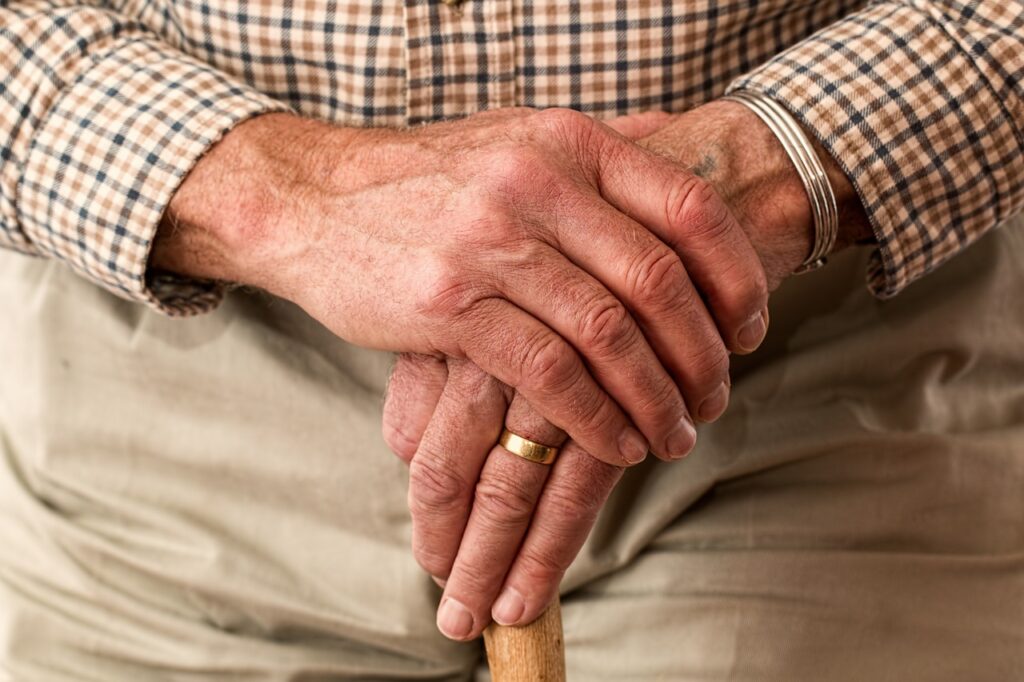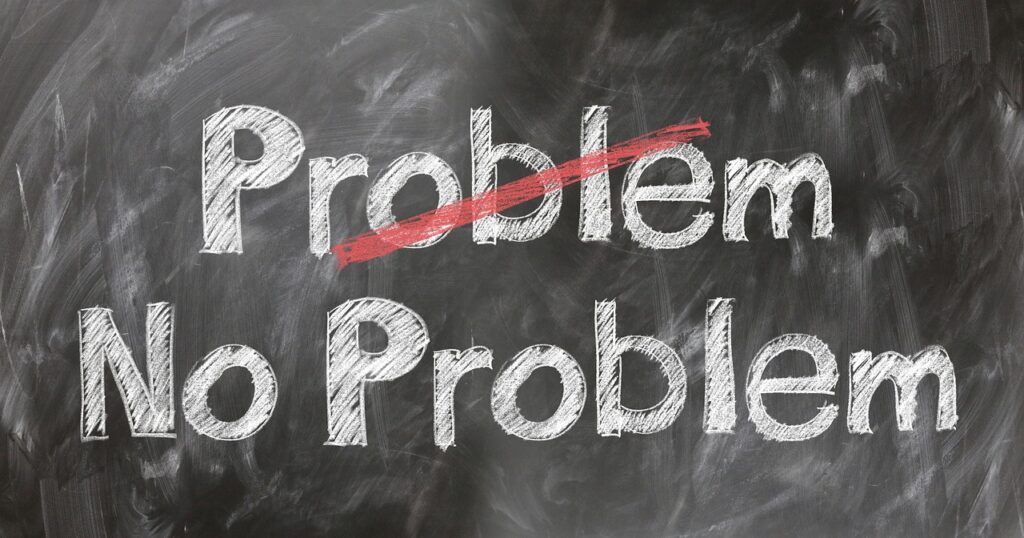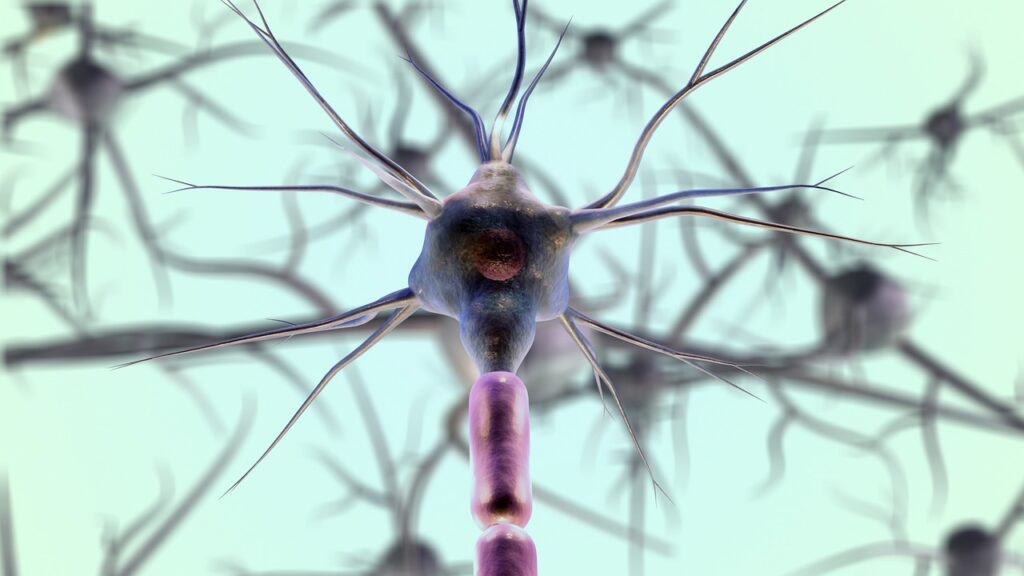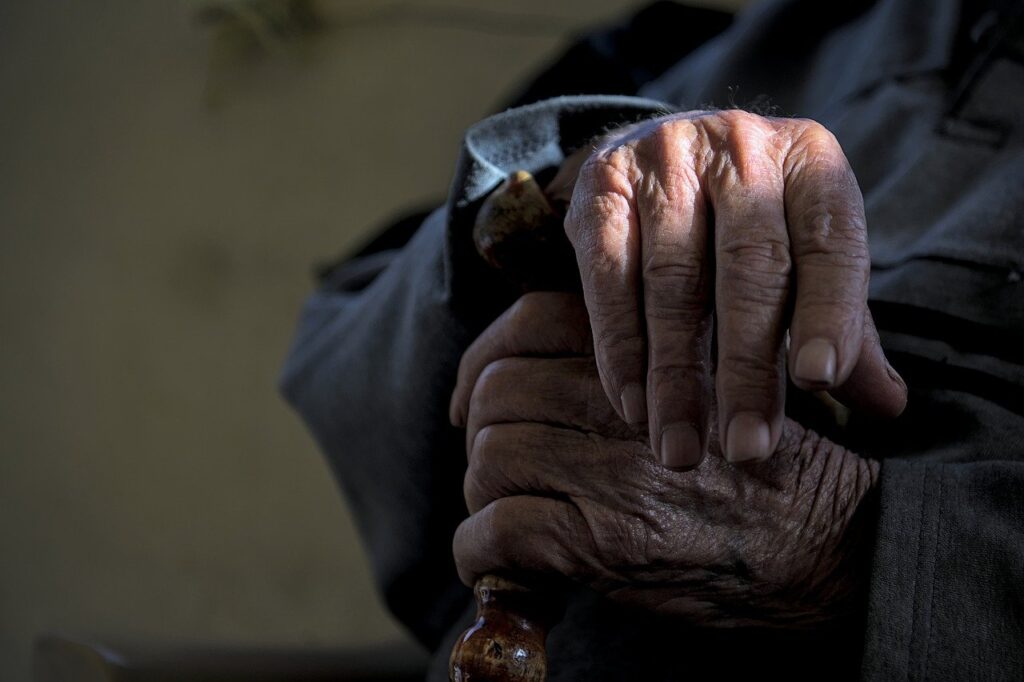Effects of Ageing on Hand Function, Introduction

Effects of Ageing on Hand Function. Here, Hand function decreases with age in both men and women, especially after the age of 65 years. Deterioration in hand function in the elderly population is, to a large degree, secondary to age-related degenerative changes. And in the musculoskeletal, vascular, and nervous systems. Deterioration of hand function in elderly adults is a combination of local structural changes. Hence, (joints, muscle, tendon, bone, nerves and receptors, blood supply, skin, and fingernails) and more distant changes in neural control. Consequently, these age-related changes are often accompanied by underlying pathological conditions. Such as, osteoporosis, osteoarthritis, rheumatic arthritis, and Parkinson’s disease) that are common in the elderly population
Effects of Ageing on Hand Function, Hand Dexterity

Effects of Ageing on Hand Function. Here, hand dexterity is a term used to explain a range of different hand abilities and performances. So then, these include reaction time; hand preference; wrist flexion speed; finger tapping speed; aiming; hand stability, and arm stability. Also, age and grip strength are significant predictors of hand dexterity. Similarly, aiming and tapping hand dexterity, (involving rapid, coordinated, goal-directed actions). And is moderated by the factor of grip strength more than age i.e. hand exercises may improve particular types of hand dexterity.
Musculoskeletal Hand Problems in Older Adults
Effects of Ageing on Hand Function
- By the way, musculoskeletal hand problems are common in the population aged over 50 years.
- Hand function seems to remain stable until age 65 years, after which it gradually reduces.
- Prehension pattern selection did not seem to differ with age.
- Statistically significant age differences, were found for prehension pattern frequency, hand strength, and performance time.
- After 75 years, age differences in performance are apparent.
- Most are painful and have a significant impact on everyday life.
- Women who are very old are especially vulnerable to the effect of hand problems on their daily activities.
Factors Affecting Function in Aging Hands
Extrinsic Factors
- Environmental factors (ultraviolet radiation, chemical irritants)
- Physical activities (work-related, recreational sports, and hobbies)
- Nutrition
- Traumatic injuries
Intrinsic Factors
- Genetic factors
- Endocrine factors
- Metabolic disorders
- Diseases (osteoarthritis, rheumatoid arthritis, osteoporosis)
Pathological Changes
- Soft tissues (muscles, tendons, blood vessels, nerves)
- Hard tissues (bone, hyaline cartilage, fingernails)
Muscles
Effects of Ageing on Hand Function. One of the most common changes in aging skeletal muscle in the body is the major reduction in muscle mass ranging from 25% to 45%, i.e. Sarcopenia of old age. Besides, diminished muscle strength of the aging hand is attributed to decreasing muscle mass. And there are 11 intrinsic muscles and 15 extrinsic hand muscles with direct functional roles in the hand.
One of the most common changes in aging skeletal muscle in the body is the major reduction in muscle mass ranging from 25% to 45%, i.e. Sarcopenia of old age. Therefore, the diminished muscle strength of the aging hand is attributed to decreasing muscle mass. Besides, there are 11 intrinsic muscles and 15 extrinsic hand muscles with direct functional roles in the hand.
- There is a significant reduction in both action potentials and in the number of viable motor units associated with the hand muscles in the elderly.
- Extrinsic and intrinsic hand muscles produce the force required for gripping objects (grip force).
- After 60 years of age, there is a rapid decline in hand-grip strength, by as much as 20–25%, accompanied by a substantial loss of muscle fibers and decreased muscle-fiber length, particularly in the Thenar muscle group.
- The thumb intrinsic musculature constitutes approximately 40% of the total intrinsic musculature of the hand.
- Three of the main thumb muscles play important roles in stabilizing the thumb during strong pinch grips of objects and these commonly show age-related dysfunction.
- The contractile capacity of the Thenar muscle in elderly people has been assessed finding higher muscle fatigue resistance in elderly adults.
Tendons
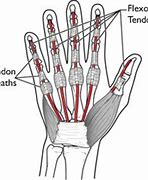
Effects of Ageing on Hand Function. Tendons are composed of dense connective tissue, primarily formed by densely packed, orderly arranged, collagen fibers.
- Tendons have a very poor blood supply and are virtually avascular in the regions of tendon insertion[7].
- The primary function of tendons is to attach muscles to bone and to transmit muscle force to the skeletal system with limited stretch or elongation.
- Changes due to ageing cause reduced microcirculation of the synovial sheaths of the tendons and tendons unit, causing difficulties in the ability to adapt to environmental stress, decreased range of joint motion, and decreased flexion. This may also cause flexion contractures of the overlying joints.
- The tensile strength of tendons is a measure of elongation of the tendon during tensile testing, the ultimate tensile strength values for aged tendons decrease by 30–50%.
- Biochemical changes in the aging tendons result in stiffer, more irregular dense connective tissue. This involves a reduction in water content accompanied by a loss of proteoglycans and also degradation of the Type I Collagen fiber.
Bones and Joints of Hand
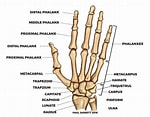
Effects of Ageing on Hand Function. The 29 bones of hands and wrists come together to form many small joints. With aging, the hand bones and joints (especially the synovial joints) are accompanied by morphological and pathological changes common to aging skeletal tissues.
- Aging hands and fingers are especially prone to Osteoarthritis and Rheumatoid arthritis.
- Osteoarthritis of the hand and finger joints is a disease process that destroys interphalangeal cartilage, synovial membranes, and the joint capsule. Consequences of osteoarthritis of the fingers include pain, swelling, joint deformities, bone spur formation, restricted range of motion of wrist and fingers, and difficulty in performing manual activities that require grip and pinch.
- After the age of 50, the bone density of the hand decreases by approximately 0.72% per year.
Fingernails

Effects of Ageing on Hand Function. Functionally, nails are important tools for fine grip and manipulation of small objects in various ways. Here, age-associated nail changes are also common in elderly people. In addition, the rate of fingernail growth diminishes with aging.
These may involve:
- Discoloration with changes in color from white/pink to yellowish/gray.
- Changes in contour (longitudinal ridges, or less concave shape)
- Changes in the thickness and roughness of the nail surface.
- Structural changes include brittle nails; onychauxis (hypertrophic nail); subungual exostosis (a variant of osteochondroma).
- The most common disorders of aging fingernails are common fungal infections.
- With the loss of manual dexterity with aging, elderly adults may not be able to cut their nails and commonly require manicure assistance.
- Several of the changes in aging fingernails may be symptoms of underlying disease or metabolic disorders and can provide diagnostic indications for the physician. The translucent nature of the nail plate enables the coloration of the underlying nail bed, predominantly provided by dermal vascularization, to be seen; this can provide indications of problems such as anemia.
Nerve Changes and Hand Motor Control
Effects of Ageing on Hand Function. Loss of functioning of motor neurons and ventral root axons has been demonstrated in the elderly population, approximately 25% of the motor axons in hand muscles are lost in old age.
- There is a reduction in the number of myelinated nerve fibers from the seventh and eighth cervical nerve roots, together with diminished nerve fiber diameters.
- Muscle twitches become smaller and slower.
- There is a loss of motor units after the age of 60, although they are less obvious in the Hypothenar group. The motor units in the Thenar and Dorsal interossei muscles decrease significantly with age.
- Muscles in elderly adults have fewer (but on average larger and slower) motor units, which has an important effect on both motor control and function. There is a critical decline in age-related motor performance, which has been attributed to the loss of motor neurons.
- There is evidence indicating that age-related changes occur in both neurophysiology and in responses to neurotransmitters.
- The integrity of the CNS is reflected in the cognitive and psychomotor ability of the individual. For a successful prehension task, CNS control processes of negative and positive feedback mechanisms are needed. This motor task requires the integrity of a circuit of interconnected hand-related areas, including a ventral subdivision of the premotor and sensorimotor cortical areas, the cerebellum, and the basal ganglia. With physiologic changes this may be affected, affecting prehension tasks.
Sensory Changes in the Aging Hand
Effects of Ageing on Hand Function. Our senses and sensory integrity decline with aging. An understanding of the somatosensory system of the hand is important for therapists.
- Accurate functional sensory input is essential for well-controlled precision manipulation of small objects needed for many different activities of daily living. This requires refined coordination of forces exerted on the object by the tips of the finger and thumb.
- Peripheral decrement in tactile sensibility contributes to slowness in processing afferent information associated with hand movement.
- The effects of old age on fingertip force responses have indicated degraded central information processing and deterioration of cutaneous mechanoreceptors.
Skin Changes due to age
- Elderly people are more susceptible to feeling cold in their hands than younger people, and this is probably due to the poorer blood flow in elderly hands.
- Reduced sensitivity to local heat sources or slower reflexes may explain the increased incidence of burns to the hands of the elderly population (hot water scalding).
- The thin skin of the dorsal aspect of the hand undergoes morphological changes with aging and becomes much thinner.
- The numbers and activities of sweat and sebaceous glands are also reduced in elderly people, who find it more difficult to accommodate to environmental heat stress. One of the consequences of the thinner dorsal hand skin in elderly adults is that it is more fragile, drier, and heals more slowly after injury.
- Obvious signs of dorsal skin aging of the hand are wrinkling and loss of elasticity, resulting from changes in the amount and biomechanical properties of the elastic fibers in the
- The reduction in tactile sensation of fingers in elderly adults is due to the loss of the various sensory mechanoreceptors (Pacinian corpuscles, Meissner corpuscles, etc.).
Functional Movements of the Hand and Fingers
- Tests show that in elderly people the largest declines in upper extremity functioning (greater than 50%) are in hand-force steadiness, speed of hand-arm movements, and vibration sense.
- Hand function remains fairly stable until the age of 65 years, after which it diminishes slowly. After the age of 75 years, age differences in performance become more apparent as seen in prehensile pattern frequency, hand strength, performance time, and range of motion. The percentage decrease in strength with age is similar for men and women regardless of their lifestyle.
- By the age of 90, an individual may be expected to have wrist range-of-motion (ROM) values that are approximately 60% of those of average 30-year-old individuals, affecting functional hand activities.
- Difficulties to adduct the thumb cause elderly people to substitute thumb adduction by using thumb flexors to compensate for their weakness (Froment’s sign is positive).
- Aging has marked degenerative effects on hand function, age-related declines in hand and finger strength and the ability to control submaximal pinch posture, manual speed, and hand sensations occurs. However, a gender difference was also found, with elderly women experiencing more serious declines in fine manual dexterity and strength than men of a similar age.
DONATE:
Pensioner Fitness Awards
THE BUSINESS CONCEPT, BEST IN BUSINESS AWARDS
- “MOST INSPIRING SENIOR WELLNESS WEBSITE 2023“
THE GLOBAL HEALTH AND PHARMA, FITNESS AND NUTRITION AWARDS
2. “BEST SENIOR FITNESS AND NUTRITION SPECIALIST 2023“
THE MIDDLE EAST AND AFRICA BUSINESS AWARDS
3. “ MOST INCLUSIVE FITNESS PROVIDER 2023″
THE CORPORATE LIVE WIRE GLOBAL AWARDS 2023/2024
4. ” FITNESS ADVISORY PLATFORM OF THE YEAR“ 2023/2024
In Conclusion
Age-Induced Hand Impairment: Hand function decreases with age, especially after 65 years. However, this decline is due to age-related changes in the musculoskeletal, vascular, and nervous systems. These changes affect both local structures (joints, muscles, tendons, bones, nerves, blood supply, skin, and fingernails) and neural control. Here hand exercises are essential to maintain dexterity.
Important Note *
Remember that everyone is different, it is ultimately YOUR RESPONSIBILITY to find what your body responds to. So please do your due diligence before trying anything new, including getting Medical Advice to ensure your safety and peace of mind.
Connect with me and leave a comment
